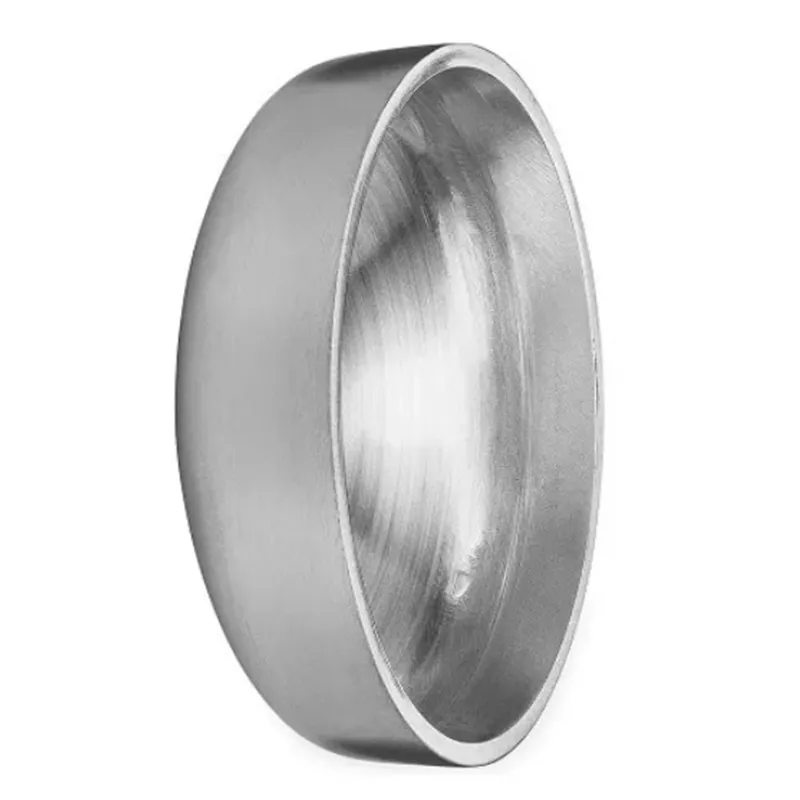-
Cangzhou Yulong Steel Co., Ltd.
-
Phone:
+86 13303177267 -
Email:
admin@ylsteelfittings.com
- English
- Arabic
- Italian
- Spanish
- Portuguese
- German
- kazakh
- Persian
- Greek
- French
- Russian
- Polish
- Thai
- Indonesian
- Vietnamese
- Zulu
- Korean
- Uzbek
- Hindi
- Serbian
- Malay
- Ukrainian
- Gujarati
- Haitian Creole
- hausa
- hawaiian
- Hebrew
- Miao
- Hungarian
- Icelandic
- igbo
- irish
- Japanese
- Javanese
- Kannada
- Khmer
- Rwandese
- Afrikaans
- Albanian
- Amharic
- Armenian
- Azerbaijani
- Basque
- Belarusian
- Bengali
- Bosnian
- Bulgarian
- Catalan
- Cebuano
- China
- China (Taiwan)
- Corsican
- Croatian
- Czech
- Danish
- Esperanto
- Estonian
- Finnish
- Frisian
- Galician
- Georgian
- Kurdish
- Kyrgyz
- Lao
- Latin
- Latvian
- Lithuanian
- Luxembourgish
- Macedonian
- Malgashi
- Malayalam
- Maltese
- Maori
- Marathi
- Mongolian
- Myanmar
- Nepali
- Norwegian
- Norwegian
- Occitan
- Pashto
- Dutch
- Punjabi
- Romanian
- Samoan
- Scottish Gaelic
- Sesotho
- Shona
- Sindhi
- Sinhala
- Slovak
- Slovenian
- Somali
- Sundanese
- Swahili
- Swedish
- Tagalog
- Tajik
- Tamil
- Tatar
- Telugu
- Turkish
- Turkmen
- Urdu
- Uighur
- Welsh
- Bantu
- Yiddish
- Yoruba

Oct . 22, 2024 14:57 Back to list
Different Types and Uses of Flanges in Various Applications
Various Types of Flanges A Comprehensive Overview
Flanges are crucial components in piping systems, providing a means of connection between two parts. They facilitate the attachment of pipes, valves, and other equipment, ensuring a tight seal necessary for safe and efficient operation. With various types of flanges available, each designed for specific applications and environments, understanding the distinctions between them is essential for engineers, designers, and maintenance professionals.
1. Weld Neck Flanges
Weld neck flanges are characterized by their long tapered neck, which is designed to be welded to a pipe. This design provides a strong and durable connection, making weld neck flanges ideal for high-pressure applications. They are commonly used in the oil and gas industry, as well as in chemical processing systems. The gradual transition from the flange to the pipe reduces stress concentrations, enhancing the overall integrity of the joint.
2. Slip-On Flanges
Slip-on flanges are designed to slip over the end of a pipe. They are easier to install than weld neck flanges and are often used in lower-pressure applications. After being positioned on the pipe, they are typically welded both inside and outside to secure them in place. Slip-on flanges are favored for their versatility and are commonly found in water treatment facilities and HVAC systems.
Blind flanges are solid discs, designed to block off or seal a pipeline. They are used when a continuation of the pipeline is not required, effectively closing off the system. Precision is critical when selecting blind flanges, as they must match the specifications of the connected pipes. These flanges are essential in maintenance operations, allowing for easy access to the pipeline while ensuring a secure seal when closed.
4. Threaded Flanges
various types of flanges

Threaded flanges feature internal threads that allow them to be screwed onto the end of a pipe. This design eliminates the need for welding, which can simplify installation and reduce costs. Threaded flanges are often utilized in systems where welding is impractical, such as in some gas and chemical applications. However, they are not recommended for high-pressure environments due to the risk of leaks.
5. Socket Weld Flanges
Socket weld flanges are similar to slip-on flanges but feature a socket in which the pipe is inserted. Once the pipe is in place, it is welded to the flange. This type of flange is ideal for high-pressure and high-temperature applications and is typically used in the power generation and petroleum industries. The socket design provides added strength to the joint, making it suitable for critical applications.
6. Lap Joint Flanges
Lap joint flanges are specifically designed to be used with a stub end. They consist of a flange that is not welded to the pipe but instead uses the stub end to create a connection. This design allows for easy disassembly and reassembly of piping systems, making them popular in situations where frequent inspections and maintenance are required. Lap joint flanges are commonly found in chemical plants and refinery operations.
7. ANSI Flanges
American National Standards Institute (ANSI) flanges are standardized flanges used in North American piping systems. They come in various sizes and pressure ratings, making them suitable for a wide range of applications. ANSI flanges can be weld neck, slip-on, or blind, and are characterized by their compatibility with ASME B16.5 specifications.
Conclusion
The choice of flange type is vital for the success of piping systems across various industries. Each flange type has unique characteristics that suit different applications, pressures, and environments. Understanding these distinctions is essential for ensuring safe, efficient, and reliable connections in piping systems. Proper selection and installation of flanges can prevent leaks, reduce maintenance costs, and enhance system longevity. Therefore, when designing or maintaining a piping system, carefully consider the flange type to meet specific operational requirements.
Latest news
-
ANSI 150P SS304 SO FLANGE
NewsFeb.14,2025
-
ASTM A333GR6 STEEL PIPE
NewsJan.20,2025
-
ANSI B16.5 WELDING NECK FLANGE
NewsJan.15,2026
-
ANSI B16.5 SLIP-ON FLANGE
NewsApr.19,2024
-
SABS 1123 FLANGE
NewsJan.15,2025
-
DIN86044 PLATE FLANGE
NewsApr.19,2024
-
DIN2527 BLIND FLANGE
NewsApr.12,2024
-
JIS B2311 Butt-Welding Fittings LR/SR 45°/90° /180°Seamless/Weld
NewsApr.23,2024











